Japanese Beech Tree
- October 11, 2023
- 0 comment
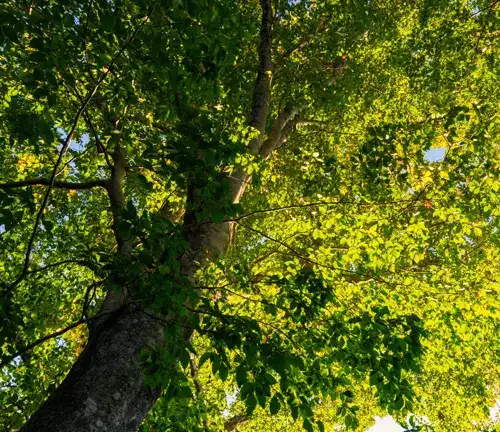
The Japanese Beech Tree, scientifically classified as Fagus crenata, stands as a captivating emblem of Japan’s rich natural heritage. Flourishing in the cool temperate climates of the region, this deciduous giant, belonging to the Fagaceae family, is celebrated for both its aesthetic allure and ecological significance. With an impressive height range of 20 to 30 meters, the Japanese Beech boasts a majestic presence, its expansive crown characterized by smooth, grayish bark that exudes a timeless elegance. During the autumn season, this arboreal masterpiece undergoes a breathtaking transformation as its elliptical leaves, adorned with serrated edges, transition into a vivid tapestry of coppery hues, painting the landscape in a mesmerizing display of seasonal splendor.
Adding to its botanical grandeur, the Japanese Beech Tree produces triangular beech nuts encased in spiky husks, contributing not only to its reproductive cycle but also playing a role in the intricate web of local ecosystems. Adaptable to a variety of soils, this species is commonly found in mixed forests, coexisting harmoniously with other hardwoods. Beyond its ecological contributions, the Japanese Beech holds a revered place in Japanese culture. Historically, it has been a valuable resource, with applications ranging from timber for construction and furniture to its incorporation into traditional crafts.
Furthermore, the cultural significance of this majestic tree extends to the realm of aesthetics. Widely cultivated as an ornamental tree in parks and gardens, the Japanese Beech serves as a living testament to the intersection of nature and culture in Japan. Its presence in these carefully curated spaces underscores its symbolic value as an embodiment of resilience and natural beauty. In essence, the Japanese Beech Tree is not merely a botanical specimen but a living, breathing narrative, weaving together threads of cultural heritage, environmental adaptability, and the timeless cycle of seasonal change.
| Characteristic | Description |
| Scientific Name | Fagus crenata |
| Family | Fagaceae |
| Native Region | Japan |
| Plant type | Deciduous tree |
| Height | 35 metres (115 ft) |
| Sunlight requirements | Full sun to partial shade |
| Soil type | Well-drained, acidic soil |
| Water requirements | Regular watering, especially during the first year after planting |
| Growth rate | Medium |
| Habitat | Mixed forests alongside other hardwoods |
A Brief History
The Japanese Beech Tree (Fagus crenata) stands as a venerable emblem of Japan’s natural heritage, with a history deeply intertwined with the country’s landscapes and traditions. Native to Japan, this deciduous giant has witnessed the ebb and flow of time, playing a role in both ecological processes and cultural narratives.

Color/Appearance
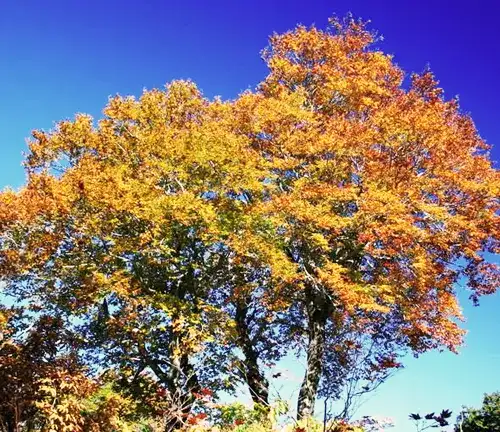
One of the most enchanting features of the Japanese Beech lies in its remarkable transformation of color. As the seasons change, the elliptical leaves, with serrated edges, undergo a breathtaking shift from vibrant green to rich coppery hues in autumn. This splendid display paints the Japanese landscape in a palette of warmth and beauty, earning the tree admiration for its aesthetic contribution.
Unique Features
Beyond its striking autumnal display, the Japanese Beech boasts unique features that set it apart in the botanical realm. Triangular beech nuts enclosed in spiky husks characterize its reproductive structure, adding a fascinating dimension to its biological profile. The smooth, grayish bark and expansive crown further contribute to its distinctive appearance.
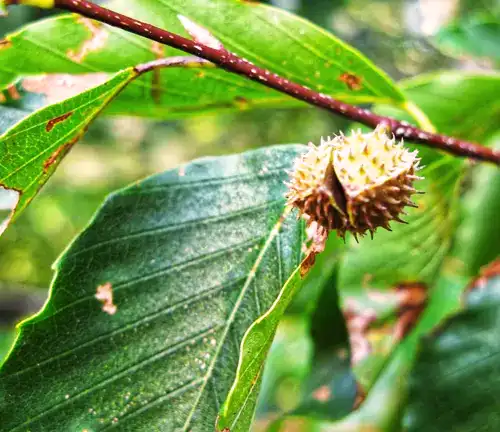
Ecological Importance
The Japanese Beech isn’t merely a botanical wonder; it is a linchpin in the delicate dance of ecosystems. Its adaptability to various soils and its role in mixed forests contribute significantly to biodiversity. Habitats formed by these majestic trees become sanctuaries for an array of plant and animal life, forging connections that sustain the intricate balance of nature.
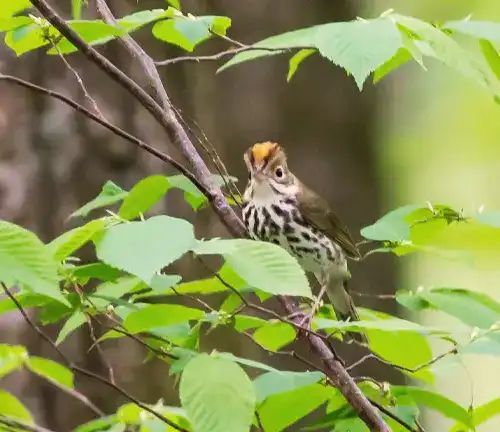

Adaptation and Resilience
Adaptation is a hallmark of the Japanese Beech, demonstrating resilience in the face of diverse environmental conditions. Its ability to thrive in cool temperate climates and different soil types underscores its evolutionary prowess, making it a resilient and enduring species.
Cultivation and Care
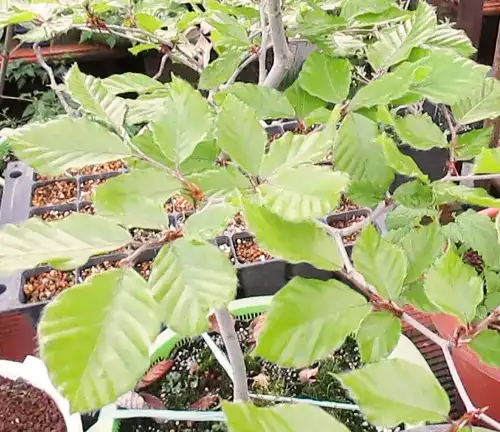
Beyond its natural habitats, the Japanese Beech finds a place in cultivated spaces. As an ornamental tree, it graces parks and gardens, requiring care that respects its ecological needs. Understanding its cultivation requirements ensures the continued appreciation of its beauty in man-made landscapes.
Cultural and Historical Significance
Woven into the cultural tapestry of Japan, the Japanese Beech holds a revered position. Historically, it has been more than a source of wood; it has been a companion in the crafting of traditions, a muse for artists, and a symbol in folklore. In gardens and parks, it stands as a living testament to a profound connection between the Japanese people and the land they call home.
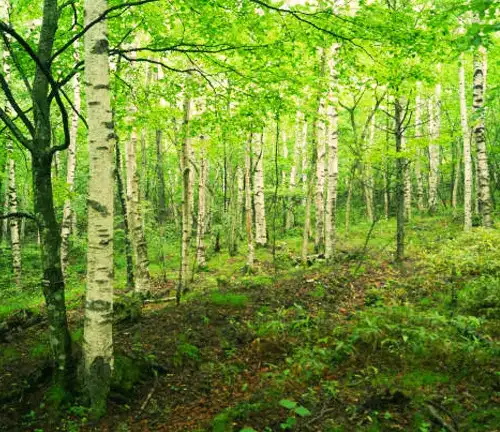
Wood Products and Applications

The timber of the Japanese Beech has been a valuable resource throughout history. Known for its strength and durability, it has been employed in construction, furniture making, and crafting. The application of its wood reflects the practicality and versatility deeply embedded in Japanese culture.
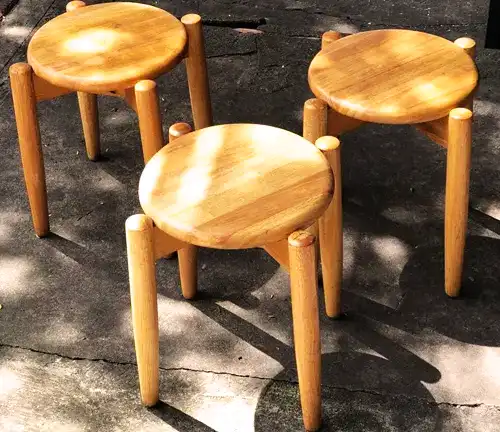
Other Uses
Beyond timber, the Japanese Beech has found diverse applications. Its leaves and bark, rich in tannins, have been used for dyeing fabrics and in traditional medicine. The multifaceted uses of the tree underscore its significance in various aspects of Japanese life.
Threats and Conservation
Despite its resilience, the Japanese Beech faces threats, including habitat loss and climate change. Conservation efforts are essential to ensure the survival of this species. Understanding the challenges it confronts allows for proactive measures to protect and sustain its populations.
Benefits
The benefits of the Japanese Beech extend beyond its aesthetic and cultural contributions. As a carbon sink, it plays a role in mitigating climate change. Its ecological interactions contribute to the health and balance of forest ecosystems, showcasing the broader positive impact of its existence.
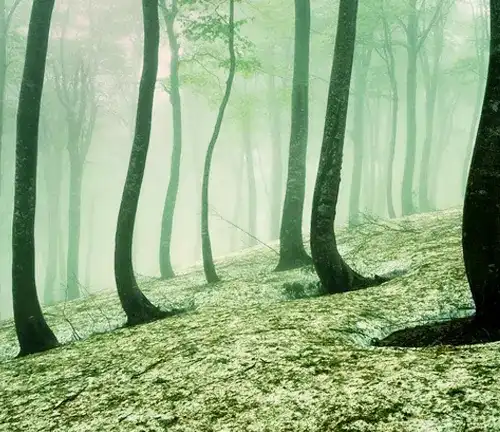
Conclusion
In conclusion, the Japanese Beech Tree is more than a botanical marvel; it is a living testament to the harmonious relationship between nature and culture in Japan. From its historical applications to its ecological role, this majestic tree continues to weave its story through time, embodying resilience, adaptability, and the enduring beauty of the natural world.
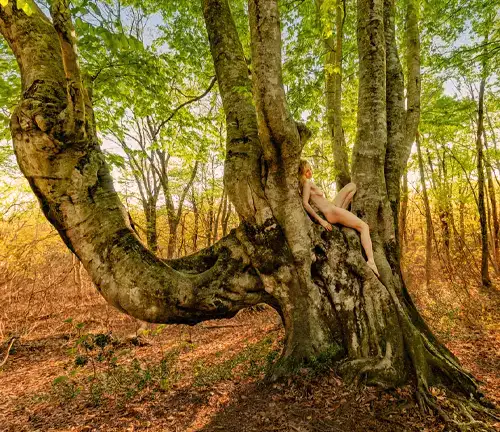
Frequently Asked Questions (FAQs)
- How does the Japanese Beech Tree influence the cultural practices of local communities in Japan?
The Japanese Beech Tree holds cultural significance, influencing festivals and traditions in local communities. Its changing colors in autumn, for example, might be celebrated in unique ways, contributing to a rich tapestry of cultural events. - Are there specific wildlife species that rely on the Japanese Beech Tree for habitat and sustenance?
Yes, the Japanese Beech plays a crucial role in supporting biodiversity. Certain wildlife species may depend on it for shelter, nesting sites, or as a source of food. Understanding these ecological connections sheds light on the tree’s broader impact. - Are there specific care rituals or practices involved in cultivating the Japanese Beech Tree in gardens or parks?
Cultivating the Japanese Beech Tree in ornamental settings may involve specific care practices. Questions may arise regarding optimal soil conditions, pruning techniques, or strategies to enhance its visual appeal in curated landscapes. - How has the traditional craftsmanship involving the wood of the Japanese Beech evolved over time?
The wood of the Japanese Beech has a rich history in traditional crafts. Questions may delve into how these craft practices have evolved, whether new artisans are embracing them, and how the modern world intersects with these age-old traditions. - Can the Japanese Beech Tree serve as an indicator species for environmental changes in Japan?
Given its adaptability and ecological significance, questions may arise about whether the Japanese Beech Tree can serve as an indicator species for environmental changes. Understanding its responses to climate shifts could provide i



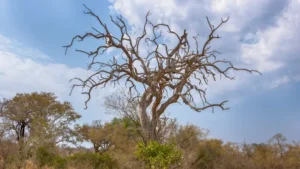

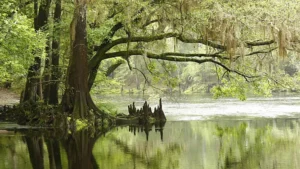
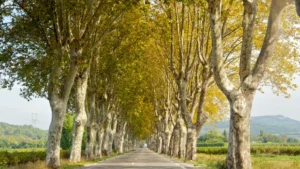
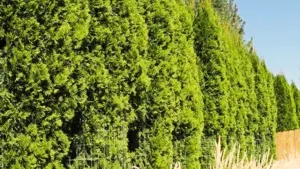
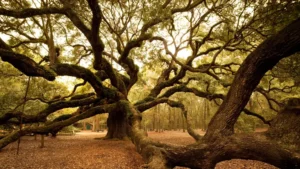

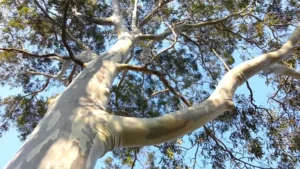

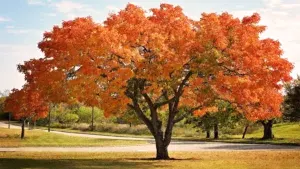

Leave your comment